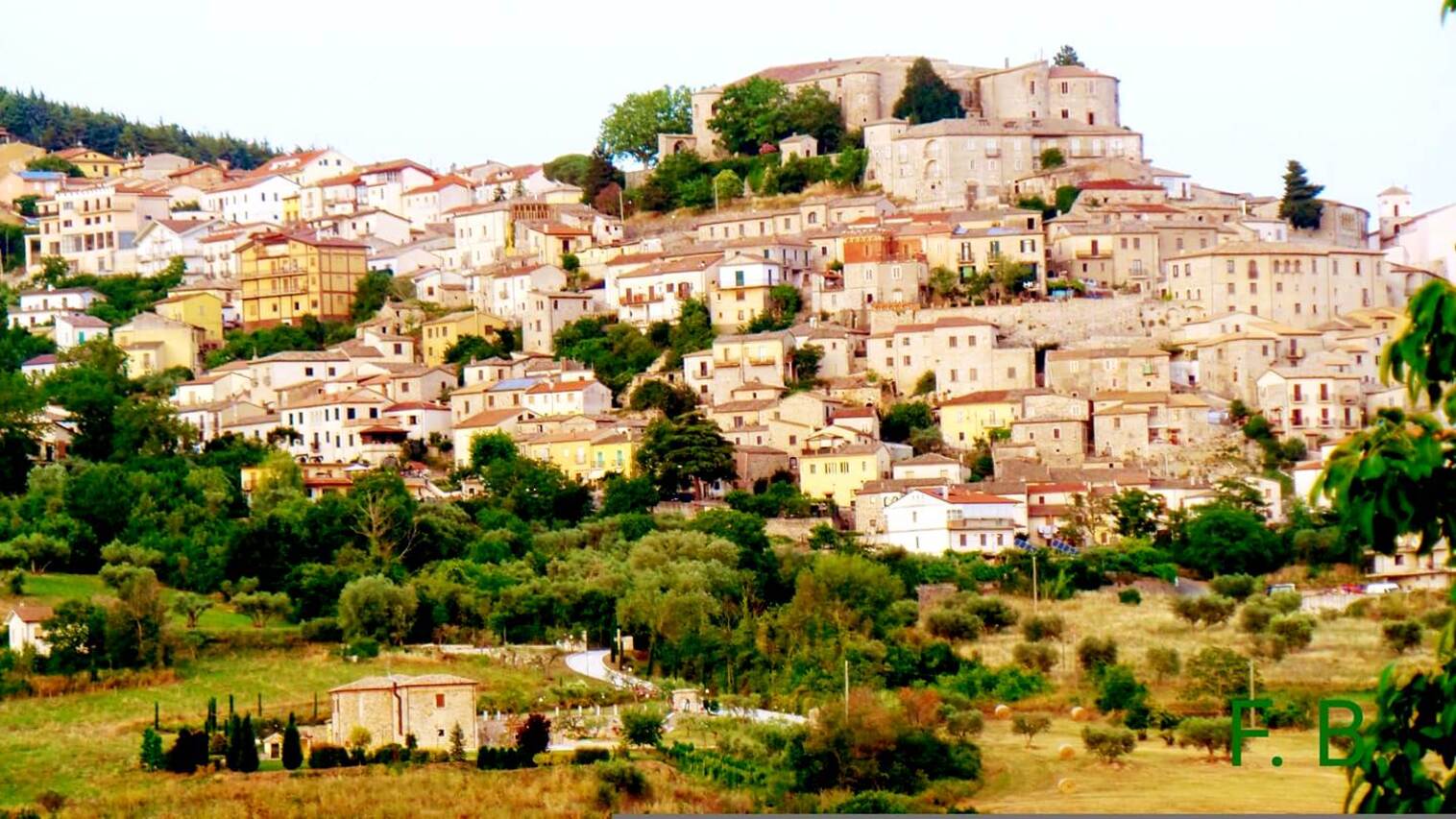Gesualdo is a municipality in the province of Avellino, which is located in the Valle del Calore area. The etymology of the name is linked to the prestigious Gesualdo family. The town welcomed the well-known composer Carlos Gesualdo, prince of Venosa and nephew of San Carlo Borromeo, refined precursor of modern music and important madrigalist. Right here, the musician, who took refuge there to escape tragic events, stayed and died.
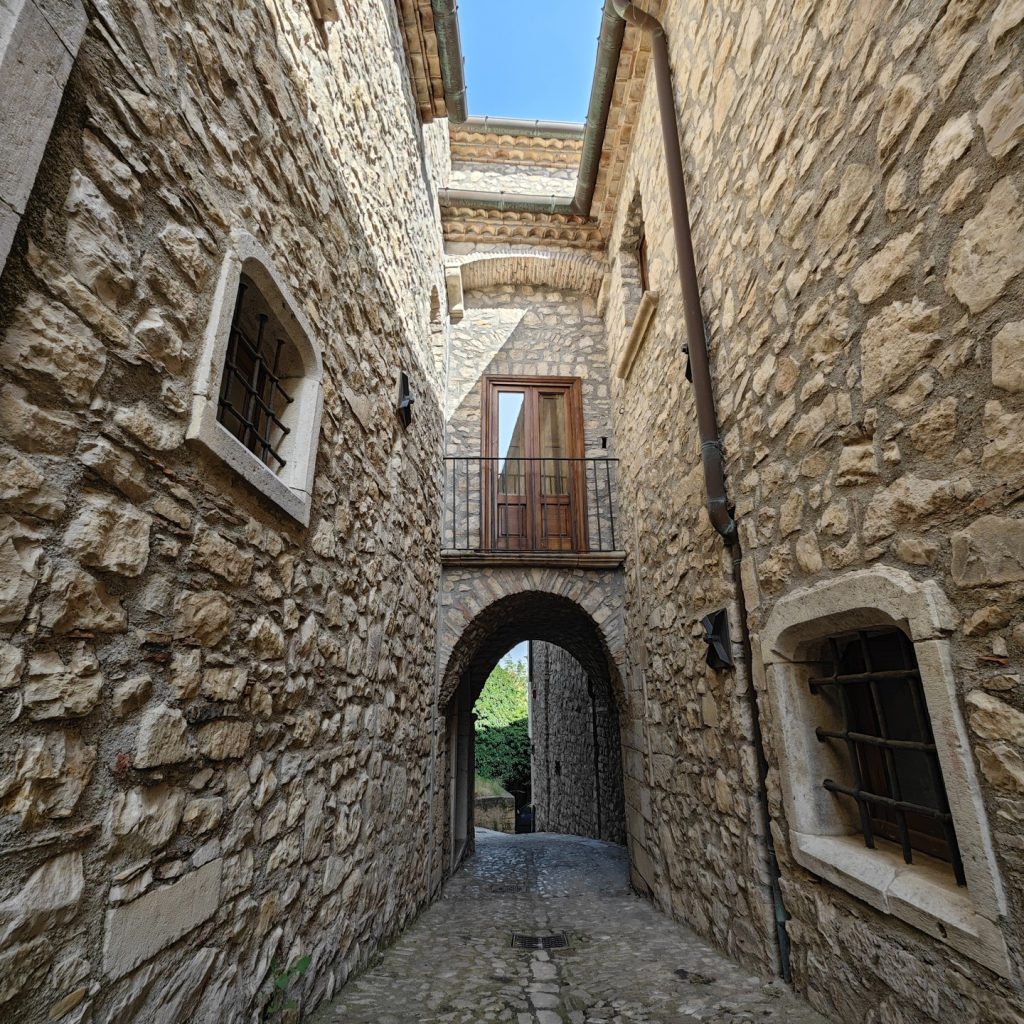
The village stands in the heart of Irpinia and is characterized by the presence of an imposing castle, beneath which the streets and alleys that characterize the historic center wind their way. “Gesualdo is a village as pleasant and as beautiful to the eye as one could wish for with a truly gentle and healthy air”, so he wrote in 1594 Alfonso Fontanelli, diplomat of the House of Este.
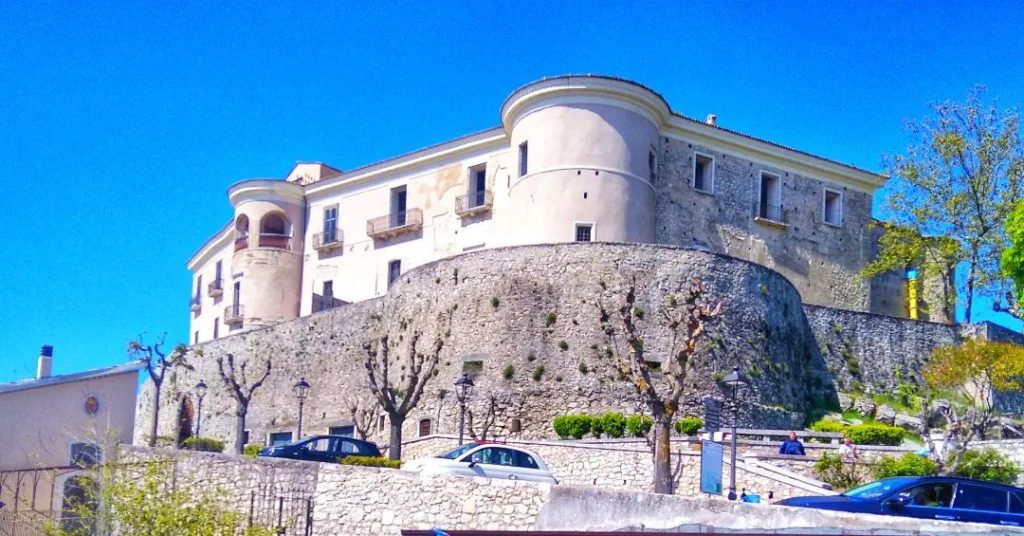
The imposing manor
The castle of Gesualdo, whose origins according to some scholars date back to the Early Middle Ages, while according to others they can be traced back to the XNUMXth century, was transformed into a late Renaissance court by the prince and musician Carlo Gesualdo, who lived there. The manor stands proudly on the top of a hill and is among the most significant monuments in the history of Irpinia and Campania. Its perimeter is delineated by four circular towers.

The access road to the monumental complex is a wide stone-paved avenue that starts from Piazza Neviera below. Inside it has a courtyard characterized by a well in the center and, in the background, a Renaissance style façade. Near the castle you can admire the magnificent Pisapia and Mattioli palaces.
The sacred places
The churches of Gesualdo are also very beautiful and ancient. There are several, the main ones include church of San Nicola, of medieval origin and then rebuilt, which has a baroque façade and a portal from 1760 in carved stone. Followed by church of the Rosary, in Piazza Neviera, with the adjoining Dominican convent, begun by Carlo Gesualdo and completed by Nicolò Ludovisi in the first half of the seventeenth century, which is rich in baroque altars in polychrome marble.
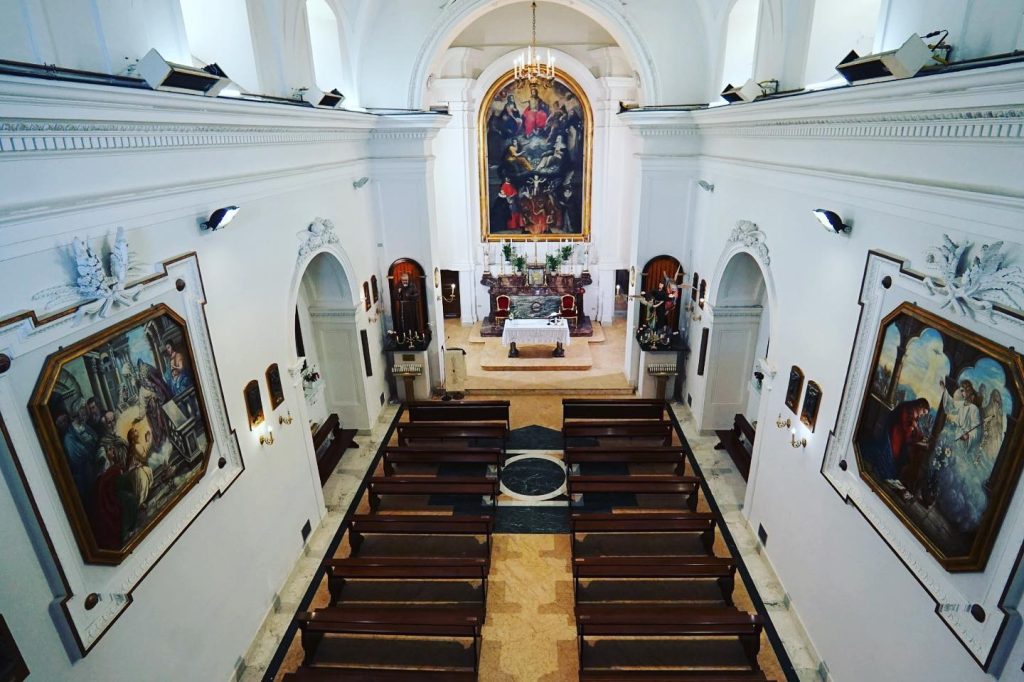
Equally interesting is the church of Santa Maria delle Grazie, erected together with Capuchin monastery in 1592, which preserves the Forgiveness altarpiece, created by Giovanni Balducci (1609). Finally, the church of Santa Maria degli Afflicti, built in 1612, which houses a painting by Guarini di Solfora. The fountains are also worth seeing: that of putti (1605) of Alabaster (1688) of the Canal and the ancient wash house. Another monument of extreme beauty is the big hat, today a sacred place, also known as the "chapel of the Blessed Sacrament", in the past it was a meeting place for the nobility and seat of the Customs.
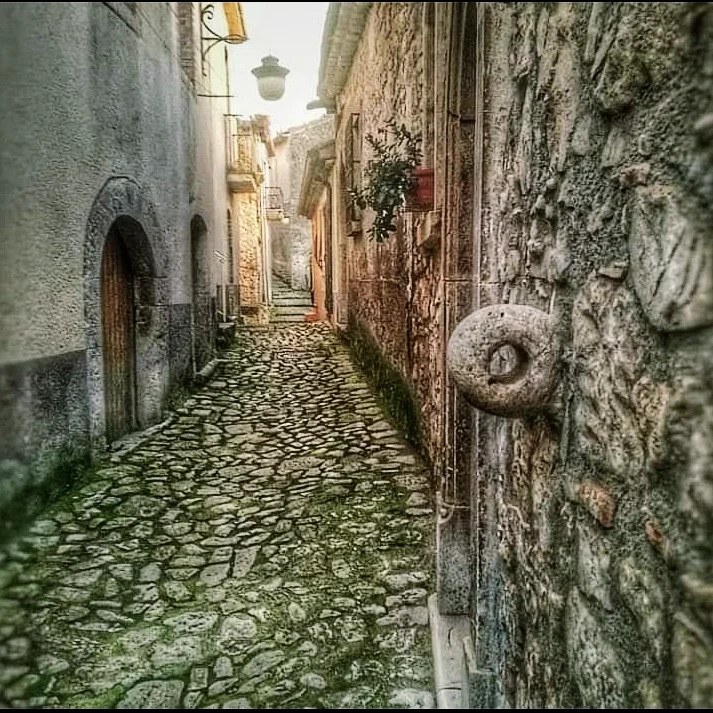
Certified agri-food products
Gesualdo is also known for the importance of its certified traditional agri-food products: the dried cherry tomato of Gesualdo, the celery of Gesualdo and theUfita garlic. The Irpinia Colline dell'Ufita extra virgin olive oil deriving partly from the Ravece variety is instead a Dop product. Typical dishes are also very popular. Among these: the lachenes and phasulae (tagliatelle and beans), la padded r'aino 'panzetta (stuffed lamb belly). Gesualdo truly has a lot to offer in terms of history, art, culture, gastronomy and is among the most beautiful villages in Italy.
(Photo: Pro loco Gesualdo AV, Facebook page)

